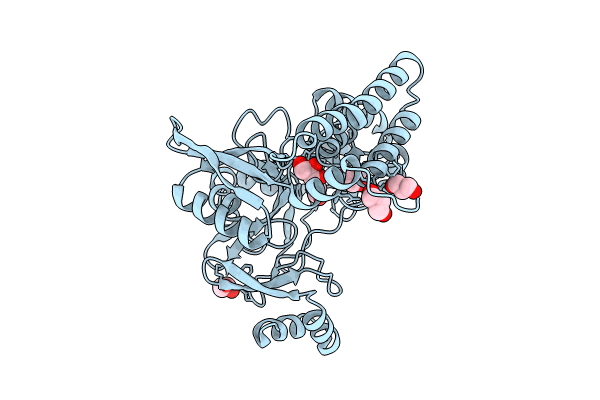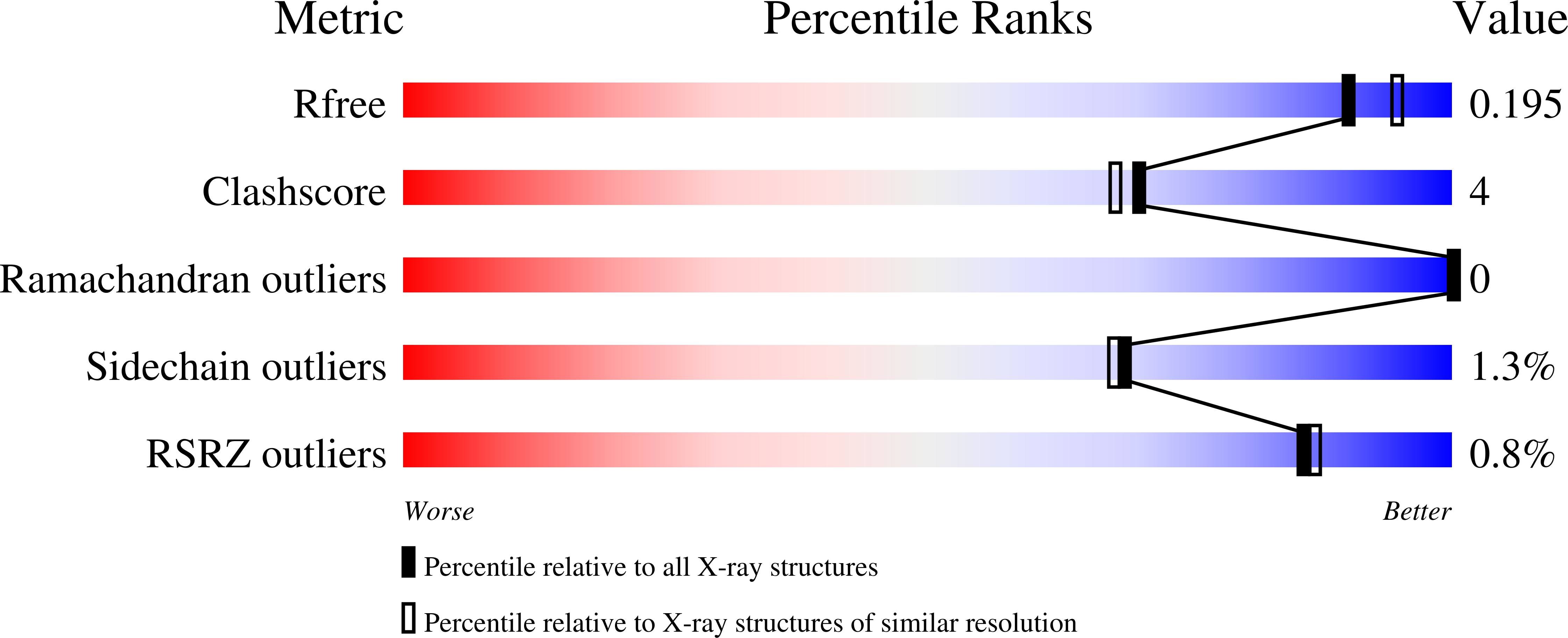
Deposition Date
2023-09-26
Release Date
2024-02-21
Last Version Date
2024-05-08
Entry Detail
Biological Source:
Source Organism:
Palaeococcus pacificus DY20341 (Taxon ID: 1343739)
Host Organism:
Method Details:
Experimental Method:
Resolution:
1.90 Å
R-Value Free:
0.19
R-Value Work:
0.17
R-Value Observed:
0.17
Space Group:
C 2 2 21


